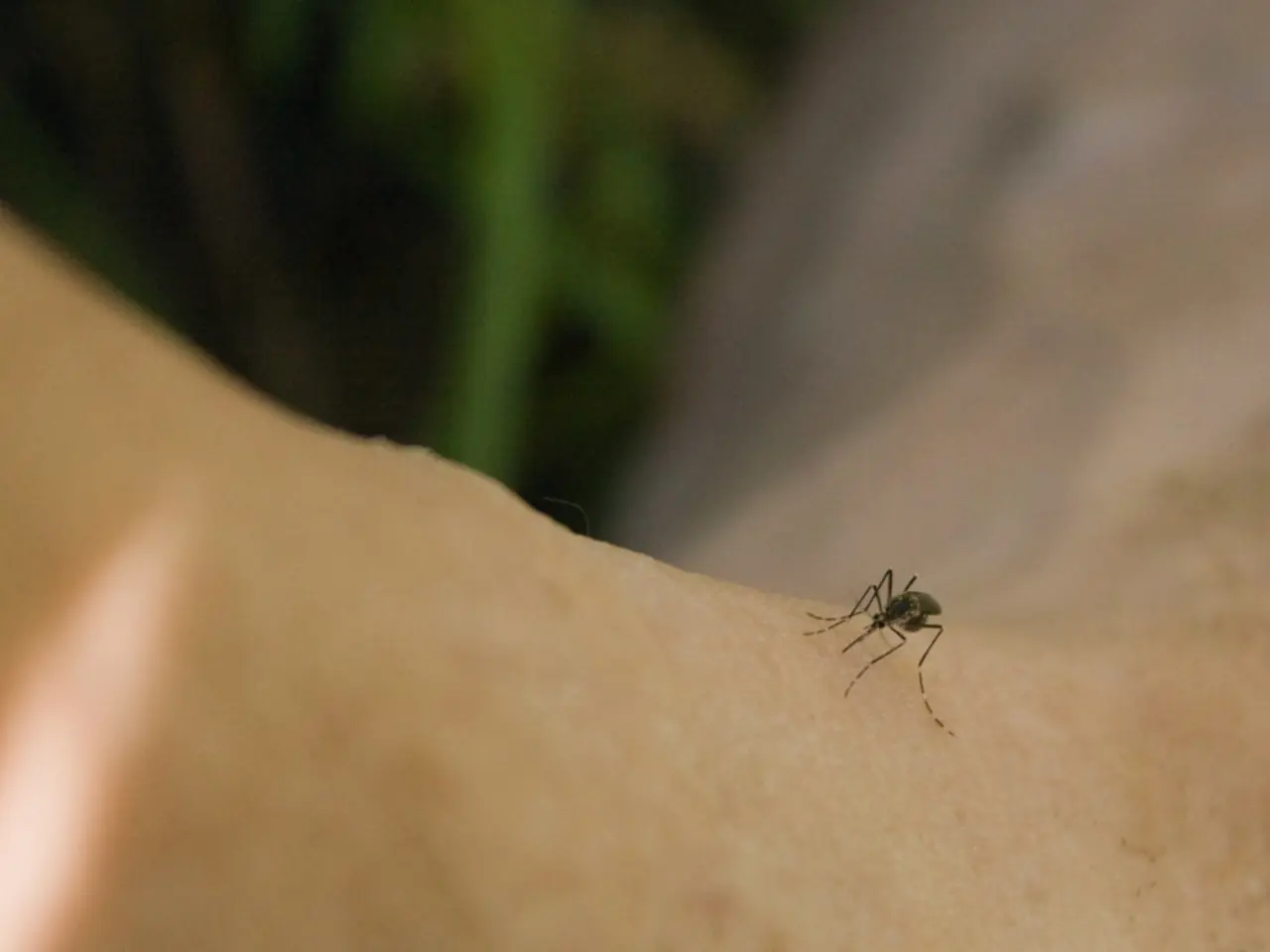Zika Virus: An Overview
In the mid-year of 2025, Zika virus transmission rates remain relatively low but persistent, with over 16,288 cases reported in the Americas[1]. The most affected regions continue to be parts of the Americas, including Latin America and the Caribbean, where the virus has been endemic and seasonal outbreaks still occur[1][2].
The United States, on the other hand, has seen rare or absent local Zika cases in recent years. Only 1 locally acquired case was reported in US territories in 2025, and no such cases were reported in US states[3]. Travel-associated cases in the US states were very limited, with only 3 cases reported in 2025[3]. This indicates controlled transmission domestically but ongoing risk for travelers.
Prevalent regions for Zika virus in 2025 are primarily countries in the Americas, especially Latin America and the Caribbean, where the virus is transmitted by Aedes mosquitoes. The World Health Organization (WHO) reports outbreaks in 92 countries and territories globally, but the burden remains concentrated in the Americas[1][2].
| Region | Transmission Status 2025 | |-------------------------|-----------------------------------------------------| | Americas (Latin America, Caribbean) | Active transmission with thousands of cases reported | | United States (States) | No local transmission, limited travel-associated cases | | United States (Territories) | Very low local transmission, isolated cases | | Europe and others | No reported Zika virus transmission currently[5] |
The overall situation aligns with the understanding that while Zika virus transmission has significantly decreased from peak epidemic years (e.g., 2016), it remains endemic and capable of causing outbreaks in the Americas[1][2][3]. Travelers to these regions should remain vigilant and follow public health guidance.
There is no evidence of significant Zika transmission in regions outside the Americas like Europe as of mid-2025[5]. However, global surveillance continues due to the risk posed by the expanding range of Aedes mosquitoes.
For those who are pregnant or planning to become pregnant, it is crucial to consult a healthcare provider immediately if there is a suspicion of Zika exposure. Severe complications, especially for pregnant women, can include microcephaly and Guillain-Barré syndrome[4]. Pregnant women are at risk of passing the Zika virus to their unborn child, which can lead to serious birth defects like microcephaly[4].
To protect yourself and your baby during pregnancy, follow the same preventive measures outlined for Zika prevention, and consult your doctor before traveling to areas with Zika outbreaks[6]. Pregnant women should seek immediate medical advice if they have traveled to areas with known Zika outbreaks or have been in contact with someone infected[6].
In terms of treatment, it primarily focuses on relieving symptoms, such as rest, hydration, and over-the-counter pain relievers like acetaminophen[4]. There is currently no specific antiviral treatment for Zika virus infection[4].
Preventive measures against Zika include using EPA-registered insect repellents, wearing protective clothing, eliminating standing water, using screens and mosquito nets, and staying informed about Zika virus areas[7]. Avoiding non-steroidal anti-inflammatory drugs (NSAIDs) like ibuprofen and aspirin, especially in the case of co-infection with dengue, is recommended[6]. Regular monitoring throughout pregnancy can help ensure the health of the baby if the mother has been exposed to the Zika virus[6].
References:
[1] World Health Organization (2025). Zika virus: Situation update. Retrieved from https://www.who.int/emergencies/zika-virus
[2] Centers for Disease Control and Prevention (2025). Zika virus: About Zika. Retrieved from https://www.cdc.gov/zika/about/index.html
[3] Centers for Disease Control and Prevention (2025). Zika virus: Cases in the United States. Retrieved from https://www.cdc.gov/zika/cases/index.html
[4] Centers for Disease Control and Prevention (2025). Zika virus: Pregnancy and Zika. Retrieved from https://www.cdc.gov/zika/pregnancy/index.html
[5] European Centre for Disease Prevention and Control (2025). Zika virus: Situation update. Retrieved from https://www.ecdc.europa.eu/en/zika-virus
[6] Centers for Disease Control and Prevention (2025). Zika virus: Prevention. Retrieved from https://www.cdc.gov/zika/prevention/index.html
[7] World Health Organization (2025). Zika virus: Prevention and control. Retrieved from https://www.who.int/emergencies/zika-virus/prevention-and-control
- Despite the United States experiencing minimal local Zika cases in 2025, individuals should still follow health-and-wellness recommendations, such as the use of insect repellents and protection against mosquito bites, during travel to Zika-affected regions like Latin America and the Caribbean.
- The World Health Organization (WHO) reported over 92 countries and territories globally with Zika outbreaks in 2025, with medical-conditions like microcephaly and Guillain-Barré syndrome still being a concern, especially for pregnant women, highlighting the importance of maintaining awareness and following health guidelines in the science sector.




